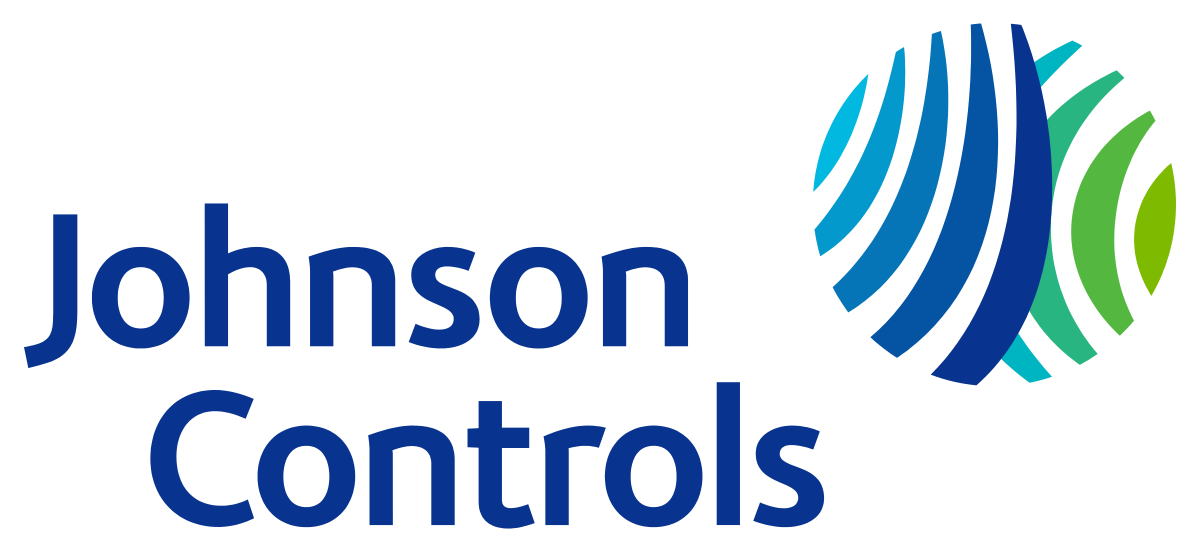Johnson Controls Beats Earnings Expectations in Q2 2024 Amid Revenue Challenges

Johnson Controls Faces Fiscal Challenges Yet Surpasses Earnings Expectations
On Wednesday, May 1, 2024, before the market opened, JCI:NYSE reported revenue of approximately $2.18 billion, which fell short of the estimated $6.72 billion. This announcement came as a surprise to many, considering the expectations set by analysts and the company's historical performance. Johnson Controls International plc (JCI), a leading name in the building solutions and technologies sector, faced a challenging fiscal second quarter, as highlighted by its financial results for the period ending March 31, 2024. Despite the revenue shortfall, the company managed to surpass earnings expectations, reporting adjusted earnings of 78 cents per share against the Zacks Consensus Estimate of 75 cents, marking a 4% increase year over year.
The revenue miss can be attributed to various factors, including market conditions and operational challenges. However, it's important to note that Johnson Controls' revenue of $6.7 billion, slightly below the consensus estimate of $6.75 billion, still represents a stable top-line performance compared to the previous year. This stability is further underscored by a modest 1% growth in organic revenues. The Building Solutions North America segment, in particular, showcased remarkable performance with revenues climbing to $2.74 billion, a 9% increase from the previous year. This growth was primarily driven by the robust performance of the applied heating, ventilation, and air conditioning (HVAC) & controls business, contributing significantly to the company's overall financial health.
Despite the revenue shortfall, Johnson Controls demonstrated strength in its core HVAC and controls businesses, as evidenced by the performance of its Building Solutions North America segment. This segment not only exceeded expectations with an 8% rise in organic sales but also saw its EBITA increase by 18% year-over-year to $373 million. Such results highlight the company's ability to navigate market challenges and capitalize on growth opportunities within its key business areas.
The financial landscape for Johnson Controls, as reported by The Motley Fool, reflects a mixed bag of outcomes. While the company's stock price experienced a significant drop of 7.6% in morning trading following the announcement, the underlying financial metrics tell a story of resilience and strategic maneuvering. The company's slight revenue increase to $6.7 billion and an improvement in EPS to $0.78 from the previous year's $0.75 demonstrate a steady performance amidst challenging market conditions. Furthermore, Johnson Controls' anticipation of weakness in its fiscal third quarter, yet maintaining its full-year forecast, suggests a strategic approach to overcoming current hurdles and aiming for a year-end rally.
In conclusion, Johnson Controls' fiscal second-quarter performance, characterized by a slight revenue shortfall but a surpassing of earnings expectations, underscores the company's resilience and strategic focus. The strength in its HVAC and controls businesses, particularly within the North American market, positions JCI to navigate through market volatilities and capitalize on growth opportunities. Despite facing challenges, such as revenue declines in the Asia/Pacific region, Johnson Controls' steady financial metrics and strategic outlook indicate its potential to maintain a stable performance and achieve its full-year objectives.
| Symbol | Price | %chg |
|---|---|---|
| 6367.T | 17975 | 0 |
| ARNA.JK | 550 | 0 |
| 002380.KS | 439500 | 0 |
| TOTO.JK | 290 | 0 |

Johnson Controls International plc (NYSE:JCI) - A Leader in Smart Building Solutions
- Director Oliver George sold 15,669 shares at $77.49 each, yet retains over a million shares, indicating confidence in JCI's future.
- Zacks Investment Research identifies JCI as a promising non-tech stock leveraging AI for growth, despite market downturns.
- Financial metrics such as a P/E ratio of 30.61 and a debt-to-equity ratio of 0.63 reflect JCI's market standing and financial health.
Johnson Controls International plc (NYSE:JCI) is a global leader in building technology and solutions. The company focuses on creating smart, sustainable buildings by integrating advanced technologies. JCI competes with firms like Honeywell and Siemens in the building automation and HVAC sectors. The company is leveraging AI to enhance its offerings, positioning itself for future growth.
On March 14, 2025, Oliver George, a director at JCI, sold 15,669 shares at $77.49 each. This transaction reflects a strategic decision amidst the company's evolving market position. Despite this sale, George retains a significant stake, holding approximately 1,003,892 shares, indicating continued confidence in JCI's potential.
Zacks Investment Research highlights JCI as a promising non-tech stock benefiting from AI advancements. Despite recent market downturns due to AI stock valuations and economic uncertainties, JCI's integration of AI in its operations positions it for growth. This aligns with the broader enthusiasm for AI's transformative potential across industries.
JCI's financial metrics provide insight into its market standing. With a P/E ratio of 30.61, investors are willing to pay a premium for JCI's earnings, reflecting confidence in its growth prospects. The price-to-sales ratio of 2.35 and enterprise value to sales ratio of 2.75 further underscore the value placed on JCI's revenue generation capabilities.
The company's financial health is supported by a debt-to-equity ratio of 0.63, indicating a moderate level of debt. A current ratio of 1.02 suggests JCI can meet its short-term obligations. The enterprise value to operating cash flow ratio of 23.63 and earnings yield of 3.27% highlight the company's cash flow efficiency and investment return potential.

Johnson Controls International plc (NYSE:JCI) - A Leader in Smart Building Solutions
- Director Oliver George sold 15,669 shares at $77.49 each, yet retains over a million shares, indicating confidence in JCI's future.
- Zacks Investment Research identifies JCI as a promising non-tech stock leveraging AI for growth, despite market downturns.
- Financial metrics such as a P/E ratio of 30.61 and a debt-to-equity ratio of 0.63 reflect JCI's market standing and financial health.
Johnson Controls International plc (NYSE:JCI) is a global leader in building technology and solutions. The company focuses on creating smart, sustainable buildings by integrating advanced technologies. JCI competes with firms like Honeywell and Siemens in the building automation and HVAC sectors. The company is leveraging AI to enhance its offerings, positioning itself for future growth.
On March 14, 2025, Oliver George, a director at JCI, sold 15,669 shares at $77.49 each. This transaction reflects a strategic decision amidst the company's evolving market position. Despite this sale, George retains a significant stake, holding approximately 1,003,892 shares, indicating continued confidence in JCI's potential.
Zacks Investment Research highlights JCI as a promising non-tech stock benefiting from AI advancements. Despite recent market downturns due to AI stock valuations and economic uncertainties, JCI's integration of AI in its operations positions it for growth. This aligns with the broader enthusiasm for AI's transformative potential across industries.
JCI's financial metrics provide insight into its market standing. With a P/E ratio of 30.61, investors are willing to pay a premium for JCI's earnings, reflecting confidence in its growth prospects. The price-to-sales ratio of 2.35 and enterprise value to sales ratio of 2.75 further underscore the value placed on JCI's revenue generation capabilities.
The company's financial health is supported by a debt-to-equity ratio of 0.63, indicating a moderate level of debt. A current ratio of 1.02 suggests JCI can meet its short-term obligations. The enterprise value to operating cash flow ratio of 23.63 and earnings yield of 3.27% highlight the company's cash flow efficiency and investment return potential.

Johnson Controls International Reported Q4 EPS Beat, Better-than-Expected 2022 Growth
Johnson Controls International plc (NYSE:JCI) reported its Q3 results, with EPS coming in at $0.88, beating the consensus estimates, but quarterly revenue of $6,395 million (up 7% year over year) was below the Street estimate of $6,419 million.
Analysts at Oppenheimer believe organic growth outperformance vs. peers can sustain on a multi-year basis, leveraging accelerating product launches and OpenBlue’s differentiated value proposition.
The analysts anticipate relative multiple expansion over coming quarters as the company’s improved positioning and growth prospects materialize in continued above-market growth.







